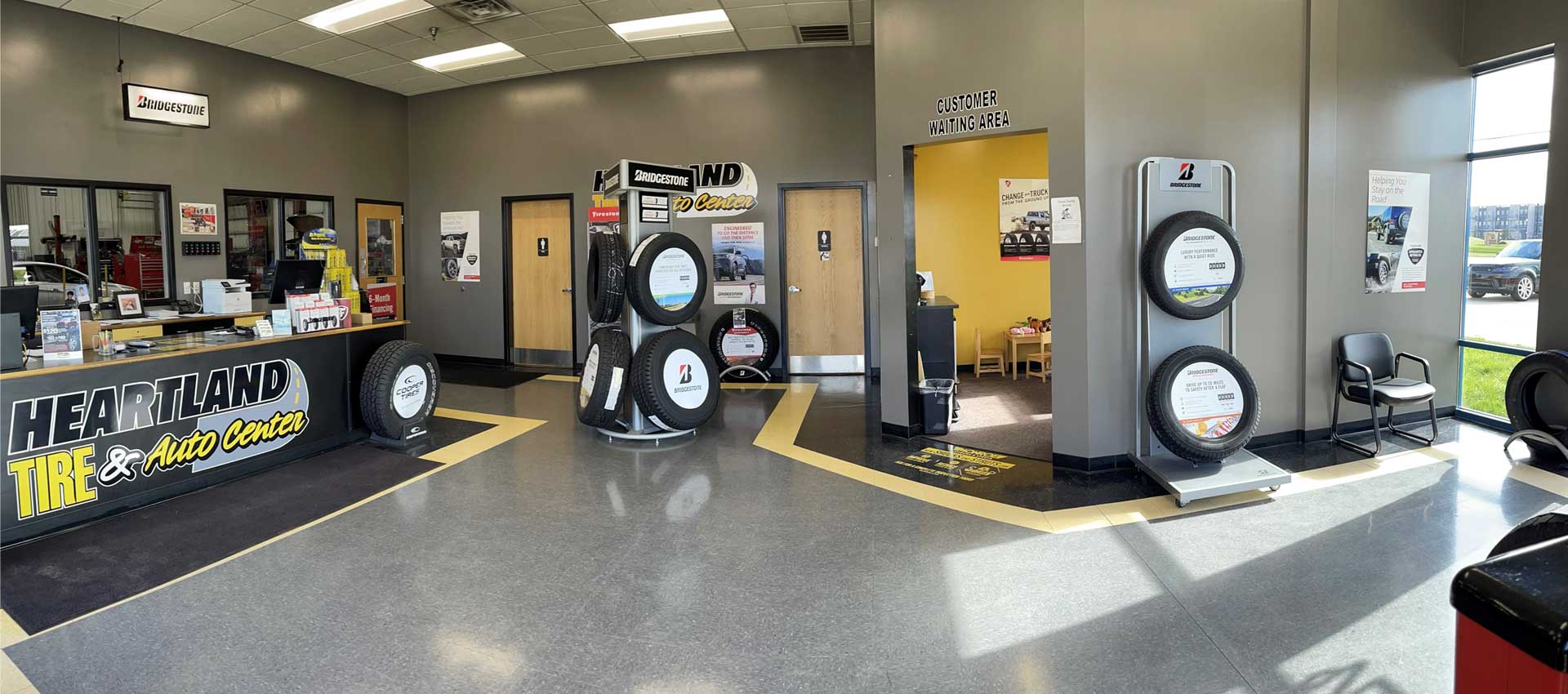Morris Tire and Alignment: Your Relied On Resource for Reliable Service
Morris Tire and Alignment: Your Relied On Resource for Reliable Service
Blog Article
Tire Solution: Understanding Tire Stress Tracking Solutions
Comprehending Tire Pressure Monitoring Equipments (TPMS) is an essential aspect of keeping ideal vehicle efficiency and safety and security on the road. With developments in automotive innovation, TPMS has become a typical feature in modern-day automobiles, offering real-time info on tire stress degrees.

Importance of TPMS
The relevance of Tire Pressure Tracking Equipments (TPMS) exists in their capacity to boost vehicle safety and security and performance via real-time tracking of tire pressure degrees. Keeping the right tire pressure is critical for making certain optimum handling, braking, and general safety of a car. TPMS gives motorists with instant feedback on any underinflated or overinflated tires, permitting prompt changes to be made.
Components of TPMS
Making up different important components, a Tire Pressure Surveillance System (TPMS) operates as an advanced safety and security function in modern-day cars. The main components of a TPMS consist of sensing units, a control component, and a caution sign. Sensing units are normally located in the tire valve stem or affixed to the wheel assembly, where they determine tire pressure and transfer data to the control component. If it detects considerably reduced pressure in any of the tires, the control module procedures this information and sets off a warning. The warning sign, commonly a symbol on the dashboard, signals the vehicle driver to check the affected tire or tires. Some progressed TPMS designs also display the real tire pressure readings for each tire, providing chauffeurs with real-time details to ensure optimum tire performance and safety and security. By monitoring tire pressure continually, TPMS aids prevent crashes, reduces tire wear, and improves fuel efficiency, making it a vital component for lorry safety and efficiency.
Sorts Of TPMS

On the other hand, indirect TPMS counts on the lorry's wheel speed sensing units to keep an eye on tire stress. This system discovers underinflation by comparing the rotational speeds of the wheels. Indirect TPMS is less costly than straight TPMS, as it utilizes existing sensing units within the car.
While direct TPMS supplies a lot more precise readings, indirect TPMS is easier in layout and generally calls for less upkeep. Both systems have their restrictions and benefits, and the choice between them usually depends upon variables such as here are the findings price, lorry make, and personal preference. Understanding the distinctions between these two kinds of TPMS can aid car owners make informed choices relating to tire upkeep and safety.
TPMS Upkeep Tips
Effective maintenance of TPMS is essential for ensuring optimum efficiency and security of your car. Regularly checking the TPMS sensors for any damage or deterioration is essential. Make certain that the sensors are clean and totally free from debris that can hinder their functioning. In addition, it is a good idea to inspect the sensing unit batteries regularly and change them as needed to guarantee precise readings. Conduct regular look at the tire stress levels and contrast them with the TPMS readings to ensure they correspond. Rectify the system following the maker's guidelines if there are any type of disparities. In addition, during tire turning or replacement, see to it that the TPMS parts are managed meticulously to avoid any prospective damages. Finally, if the TPMS cautioning light brightens on the control panel, address the problem promptly by examining the tire pressures and the total system for any kind of mistakes. By sticking to these upkeep ideas, you can extend the lifespan of your TPMS and improve the safety of your driving experience.
Benefits of Correct Tire Pressure
Keeping appropriate tire stress, as stressed in TPMS Maintenance Tips, is crucial for gaining the various advantages connected with optimum tire pressure levels. Additionally, proper tire stress ensures even tire wear, prolonging the life expectancy of the tires and promoting safer driving problems. In conclusion, the benefits of proper tire visit pressure go beyond simply tire longevity; they incorporate boosted fuel efficiency, enhanced safety, better lorry efficiency, and overall driving comfort.
Verdict
Finally, understanding tire stress surveillance systems (TPMS) is crucial for preserving optimum tire pressure and guaranteeing lorry safety. By recognizing the value of TPMS, being acquainted with its elements, knowing the different types readily available, sticking to proper maintenance tips, and understanding the benefits Your Domain Name of keeping appropriate tire pressure, chauffeurs can boost their driving experience and lengthen the life expectancy of their tires. Proper tire stress is crucial to safe and effective automobile procedure.

Report this page